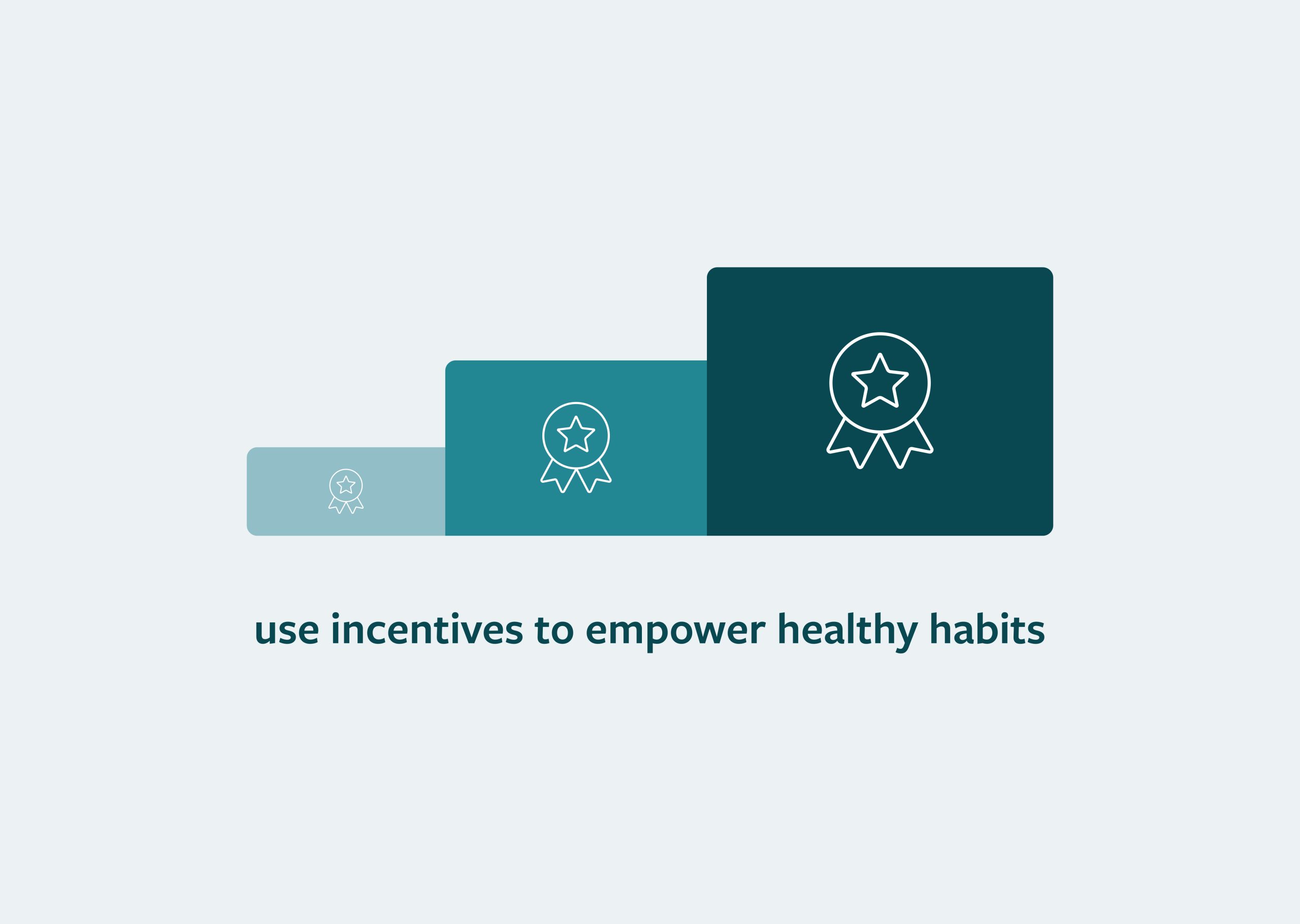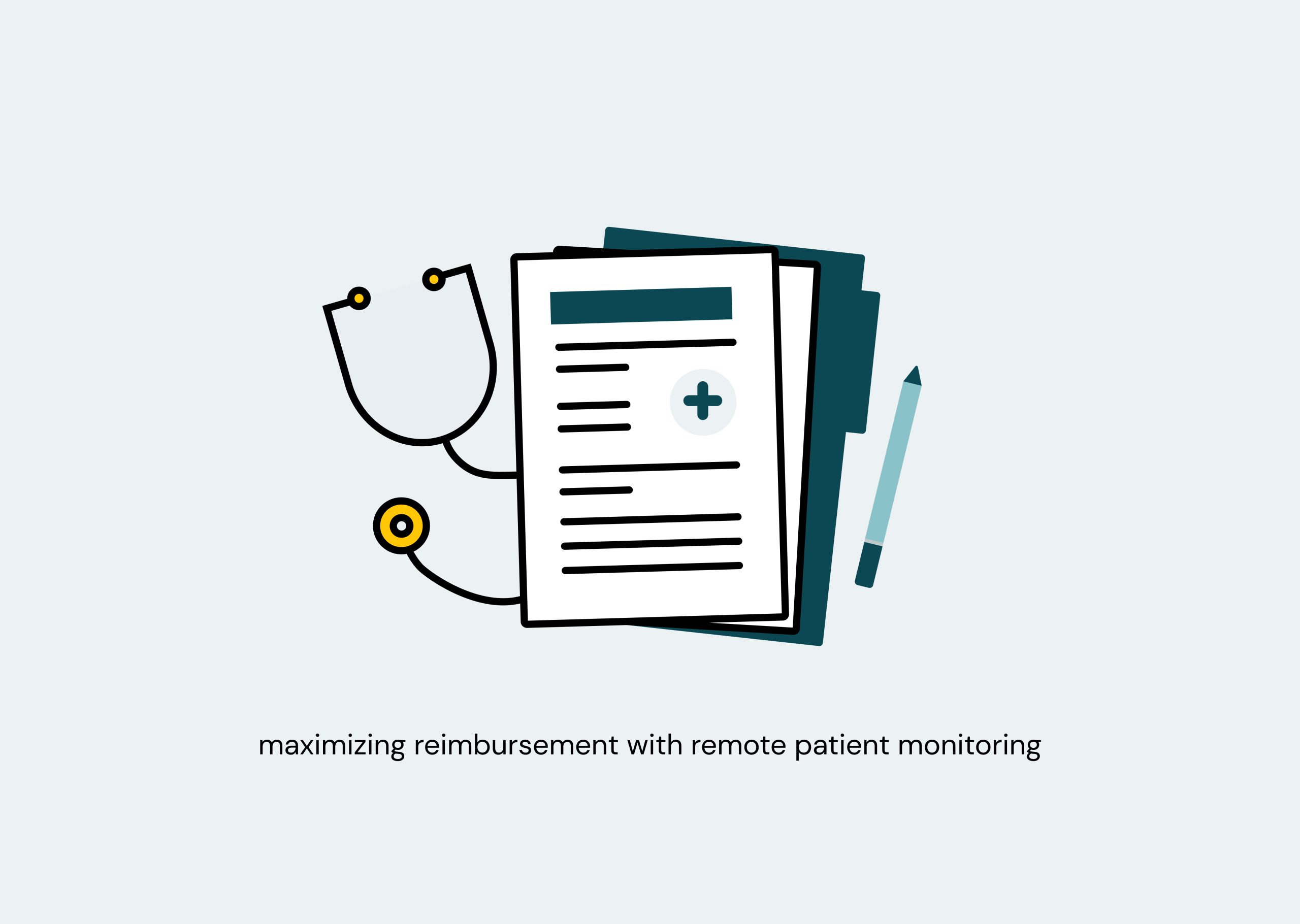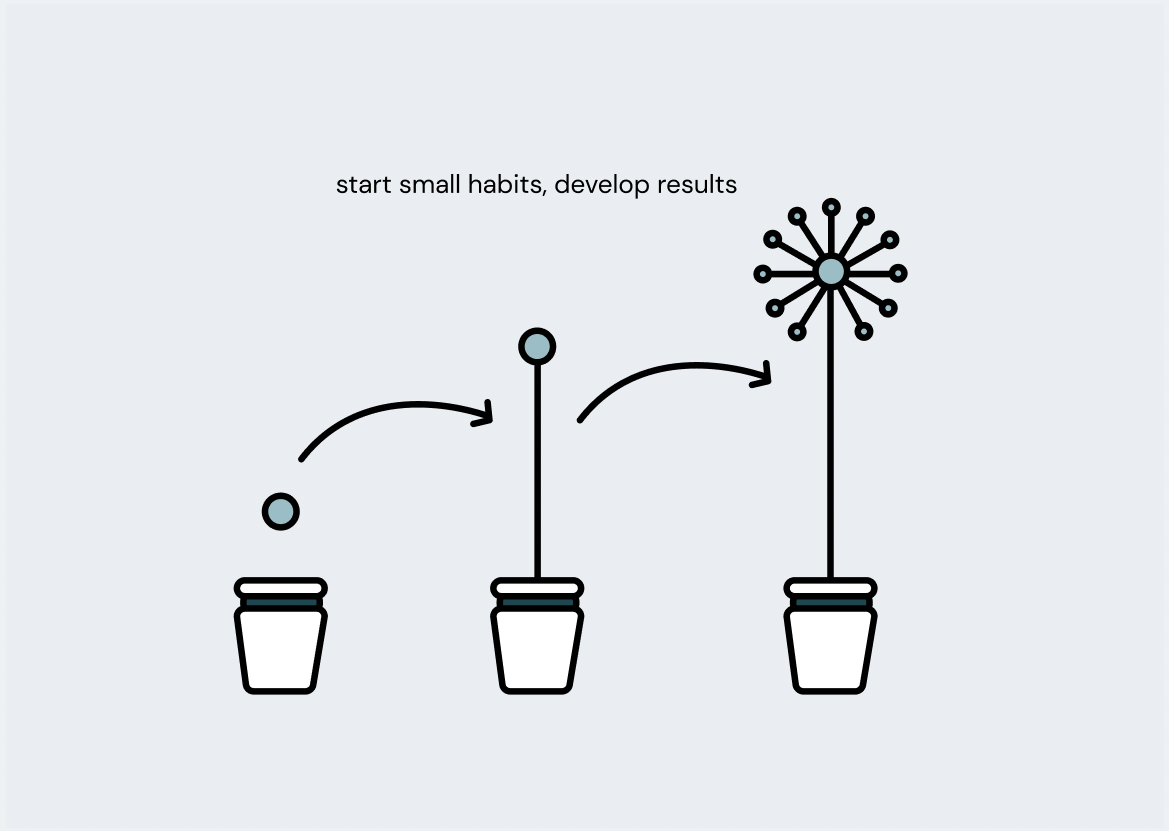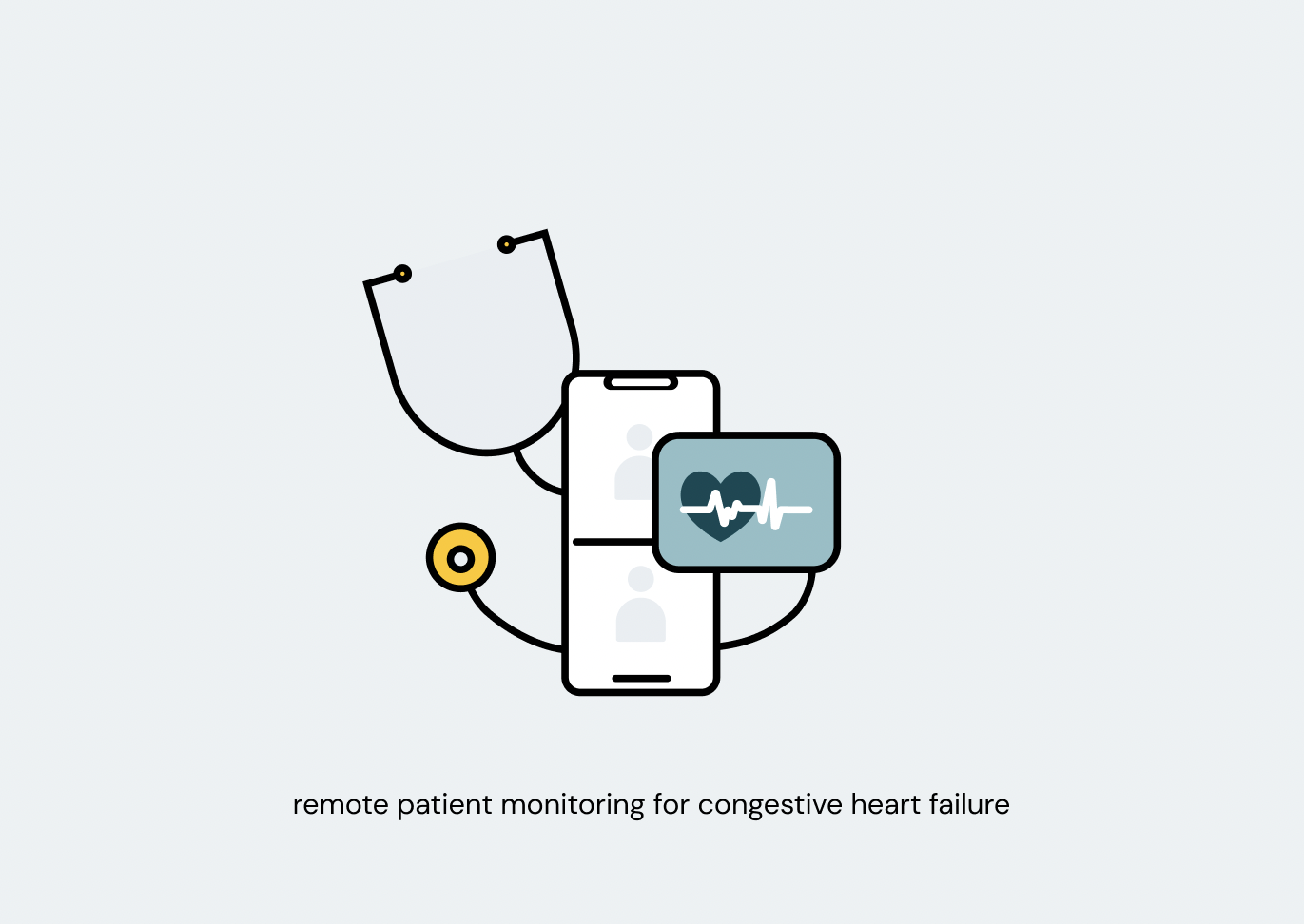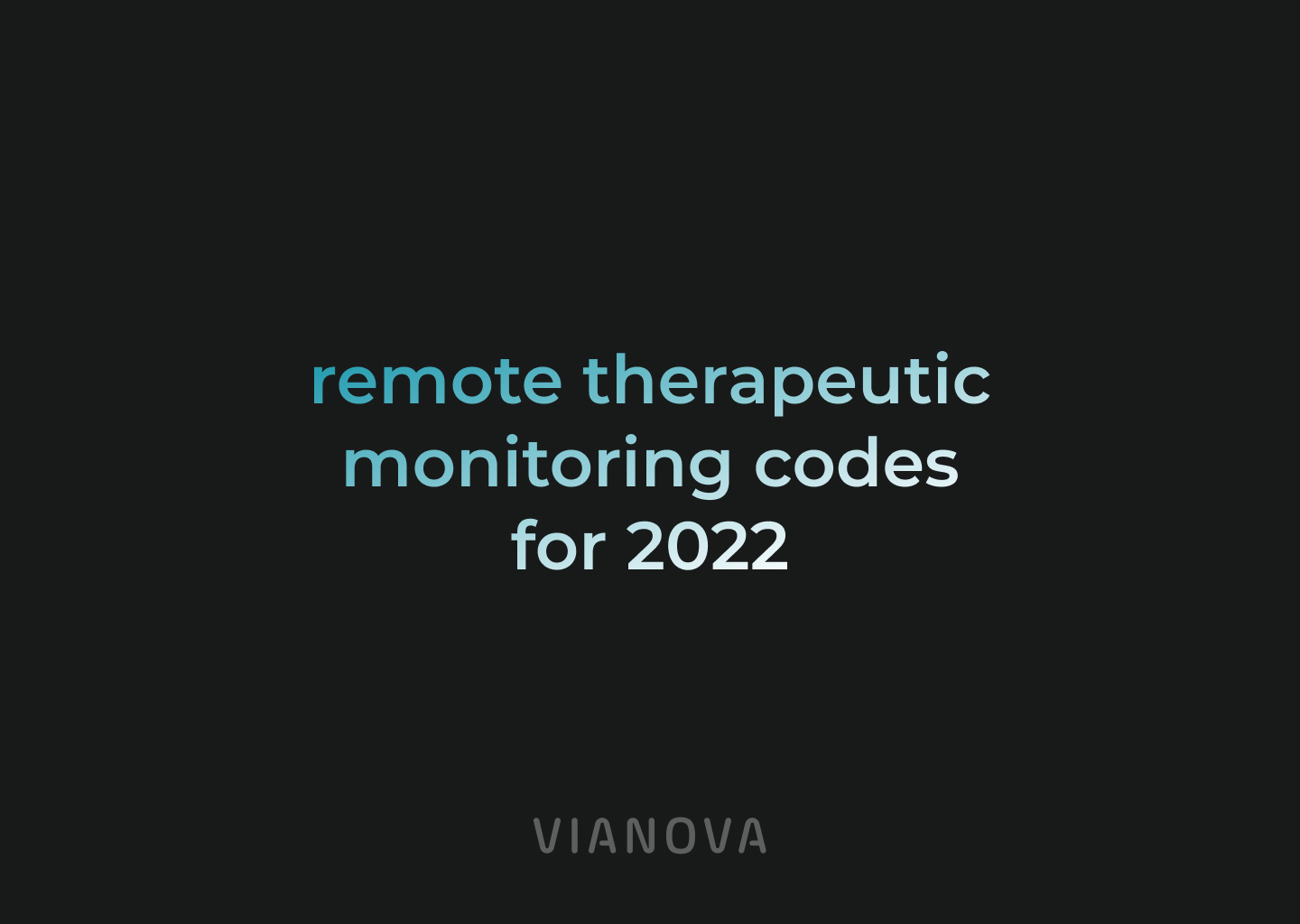Intrinsic and Extrinsic Motivators: Empowering Healthy Habits in the Face of Chronic Conditions
Dealing with chronic conditions requires long-term commitment and lifestyle changes. Incentives play a crucial role in motivating individuals to adopt and sustain healthy habits. W
Billing CPT Code 99454 for Remote Patient Monitoring
Remote patient monitoring (RPM) has become an increasingly popular method of providing healthcare services to patients in the comfort of their own homes. With RPM, providers can re
The lifehack that isn’t a hack
Ladies and gentlemen, gather ’round for the ultimate guide to behavior design! You may have heard of BJ Fogg and his tiny habits method, but let me tell you, it’s like
Manage Congestive Heart Failure with Vianova’s Behavioral-Based RPM Platform
Congestive heart failure (CHF) is a debilitating condition that affects millions of people globally. It is characterized by a progressive decline in heart function, leading to symp
The fresh start effect
What if we started viewing our lives like a tv-sitcom where every day starts fresh like a new episode? Behavior change experts talk a lot about developing a routine, so this
RPM for neurological care
Vianova’s Remote Patient Monitoring platform provides the ability to diagnose, treat and monitor patients who are facing neurological diseases. Diseases such as: Multiple Scleros
NEW RTM CODES FOR 2022
In 2022, CMS released five new Remote Therapeutic Monitoring code categories, effective January 1, 2022. These new RTM codes expanded the quantity and quality of Medica
Case Study: IP Petrol
Gamified behavior apps- the future of retail and customer loyalty Many of our clients want to provide their customers with an enhanced, app based experience, but often struggle w
ANCHORING BIAS
Imagine yourself at the grocery store, buying multiple boxes of cereal because you saw it’s on sale. Now, you’ve never really paid attention to its price before, but you just c
What Is Transitional Care?
Transitional care has been a crucial part of the healthcare system since 1989 when a multidisciplinary team at the University of Colorado Health Sciences Center in Denver tested a
